There are many different tools needed for the various projects on this site. I enjoy the overlap between all the various skills, from programming, to woodworking, to electronics, so I have many different tools, but I've broken out the tools that I have by category below.
3D Printing and other CNC devices
I have a few different CNC devices including two 3D printers, a laser cutter (soon) and a 5-axis CNC machine.
- MakerBot Replicator 2 - It's getting a little dated now, but still stands up well against most 3D printers these days. I won my MakerBot in an Instructables Contest a few years ago.
- B9Creator - I purchased the B9Creator to print out high detail models for casting jewelry. I plan to document that process in this blog.
- Glowforge (soon) - I don't have my Glowforge yet, but it's on order and should ship by the end of March. In the mean time, I have generous friends with a 40W Epilog laser cutter.
- Pocket NC (currently on loan, but should have one of my own soon) - A 5-axis desktop CNC machine. I'm helping to develop a web interface for the Pocket NC in exchange for a machine of my own.
For those that don't have access to a 3D printer or laser cutter, there are online services where you can upload a design and they'll create it and ship it to you. Check out the Manufacturing Services page for more information.
Power Tools
These are the power tools that I have access to.
- Impact Driver + Drill Combo Set - I use these often. I've purchased cheaper options before, and they just don't compare to the power this Milwaukee Impact Driver and Drill combo set provide.
- Miter Saw - This 12" double bevel miter saw comes in handy, and is very affordable. Not quite the quality of the more expensive ones, but I use this often and it gets the job done.
- Worm Drive Circular Saw - I've been told worm drive circular saws are more powerful than regular circular saws, and this one certainly does a good job. I use this for cutting larger pieces of wood, such as sheets of plywood.
- Bandsaw - I use this to cut small dowels and other more delicate cuts (ones where I don't want a whole 1/8" missing because of the kerf of the blade). I don't use this all that often, but it does come in handy.
- Drill Press - This is another tool that I use less often, but it does come in handy for making perfectly straight holes.
- Drill Guide - This is a cheaper option than a drill press if you already have a drill. It's also more versatile as you can drill holes in anything, rather than just what fits into the drill press.
Arduino and Electronics
You can only achieve so much with a breadboard and some wires. When you get serious about electronics, there's a lot of soldering and wire stripping. I use the following in my shop:
- Soldering Iron - There are cheaper options out there, but this one can really generate some heat. I ordered an FR4 Machine Shield from Pocket NC, which is a 3-axis CNC machine built entirely out of circuit boards that you must solder together and this is the soldering iron they recommend.
- Third Hand - This is needed to hold the circuit board, wires and other components while soldering them. Again, there are cheaper options, but this third hand is great at gripping things just where you need them.
- Wire Strippers - This strips several different wire gauges and also can crimp terminal connectors.
- Wire Cutters - The wire strippers above do have cutters, but sometimes you need to snip wires in tight places and a small pair of wire cutters are really helpful.
- Multimeter - A multimeter comes in handy to check for shorts in a circuit, for measuring voltage, resistance or current, or testing components such as diodes and capacitors.
